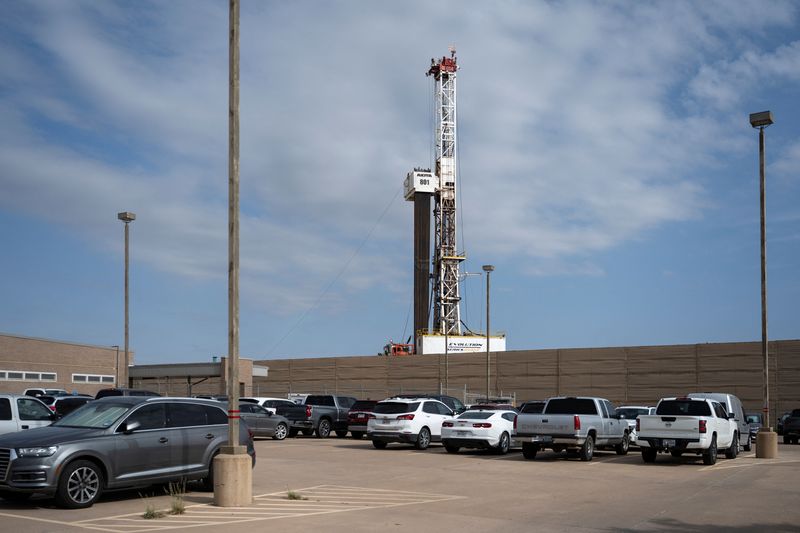Short Term Energy Outlook, June 2025
The EIA Short Term Energy Outlook (STEO) was published recently. A summary in chart form. Inventory build in 2025 and 2026 leads to lower World oil prices. Note this chart is World liquids consumption which includes NGL and biofuels, in 2024 there was no increase in World C+C production, if consumption was similar this would […]

The EIA Short Term Energy Outlook (STEO) was published recently. A summary in chart form.




Inventory build in 2025 and 2026 leads to lower World oil prices.

Note this chart is World liquids consumption which includes NGL and biofuels, in 2024 there was no increase in World C+C production, if consumption was similar this would imply no increase in World C+C consumption in 2024 and perhaps none in 2025 and only 200 kb/d growth in 2026 if growth in consumption of non-crude liquids remains at the 2024 level (900 kb/d) in 2025 and 2026 .

If OPEC follows its proposed increases shown in gray in the chart above there will be larger stock builds and lower oil prices. My expectation is that OPEC+ output might rise to 37.25 Mb/d with increases of about 200 kb/d per month until an increase of 1400 kb/d is reached above the May 2025 output level.


The closing of US refineries will lead to less refinery capacity and higher profit margins for refiners. This is the reason that gasoline and diesel prices don’t fall as much as earlier periods when the oil price was $56/b. In those earlier periods there was excess refinery capacity which led to lower profit margins at US refineries.


In the STEO they say:
We expect natural gas prices to increase throughout the summer as production declines slightly and
demand for air conditioning increases the use of natural gas in the electric power sector. The Henry Hub spot price in our forecast averages more than $4.30/MMBtu in the second half of 2025, up from the May average of $3.12/MMBtu. The average natural gas price at the Henry Hub in our forecast rises by more than 80% in 2025 compared with 2024. We expect that domestic consumption and exports
combined will increase by nearly 4 Bcf/d this year, while U.S. dry natural gas production grows by less
than 3 Bcf/d. Although natural gas inventories have recently moved above the five-year average, we
expect that as demand persistently outpaces supply through much of this year, inventories will fall back
below the five-year average by October, putting upward pressure on prices.

From the STEO:
We expect that generation from U.S. natural gas-fired power plants between June and September 2025
will be 3% lower (23 BkWh) than the summer of 2024 because of higher natural gas prices and the
continuing increase in new solar generating capacity. We expect U.S. solar generation this summer will
grow by 33% (30 BKWh). Improving water supply in the western states leads to a forecast 6% increase (5 BkWh) in U.S. hydroelectric generation.



Coal power generation increases in 2025 due to its lower price relative to natural gas, in 2026 further increases in non fossil fuel power sources leads to a fall in coal power output.

US energy expenditures continue their long term decline since 2008 as a share of GDP.


The chart above shows my US tight oil scenario combined with the cropped tight oil chart shown previously, my scenario may be optimistic as the STEO expects US oil output to peak in 2025 for L48. See chart below.

The chart above includes both conventional oil and tight oil, in 2025 and 2026 conventional output is roughly 2 Mb/d with some decline (around 5% per year).



Many believe that US Natural Gas is nearly unlimited, I am skeptical. I expect we will see US Natural Gas output decline noticeably after 2031 after a plateau from 2028 to 2030.











































































































































































